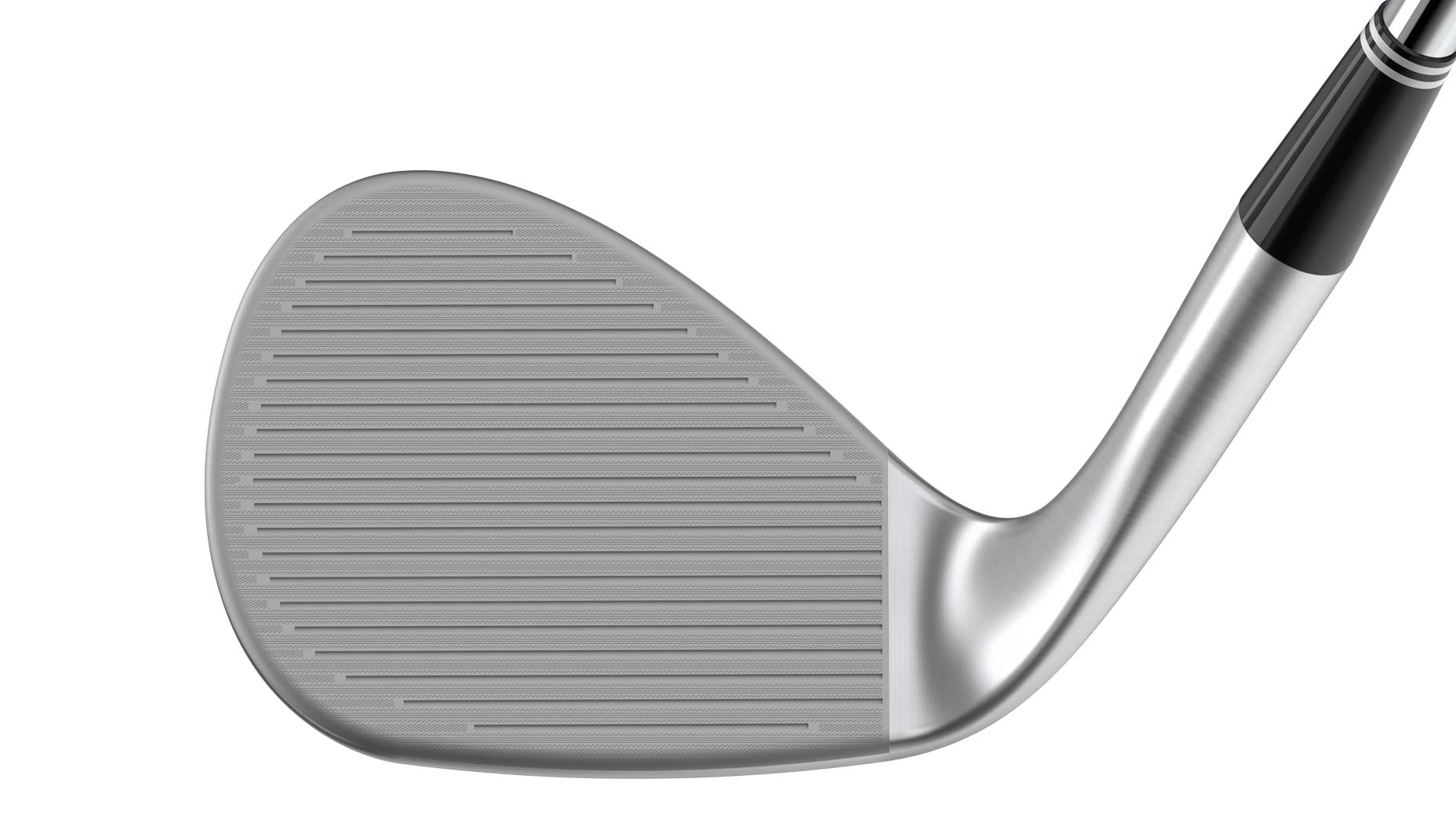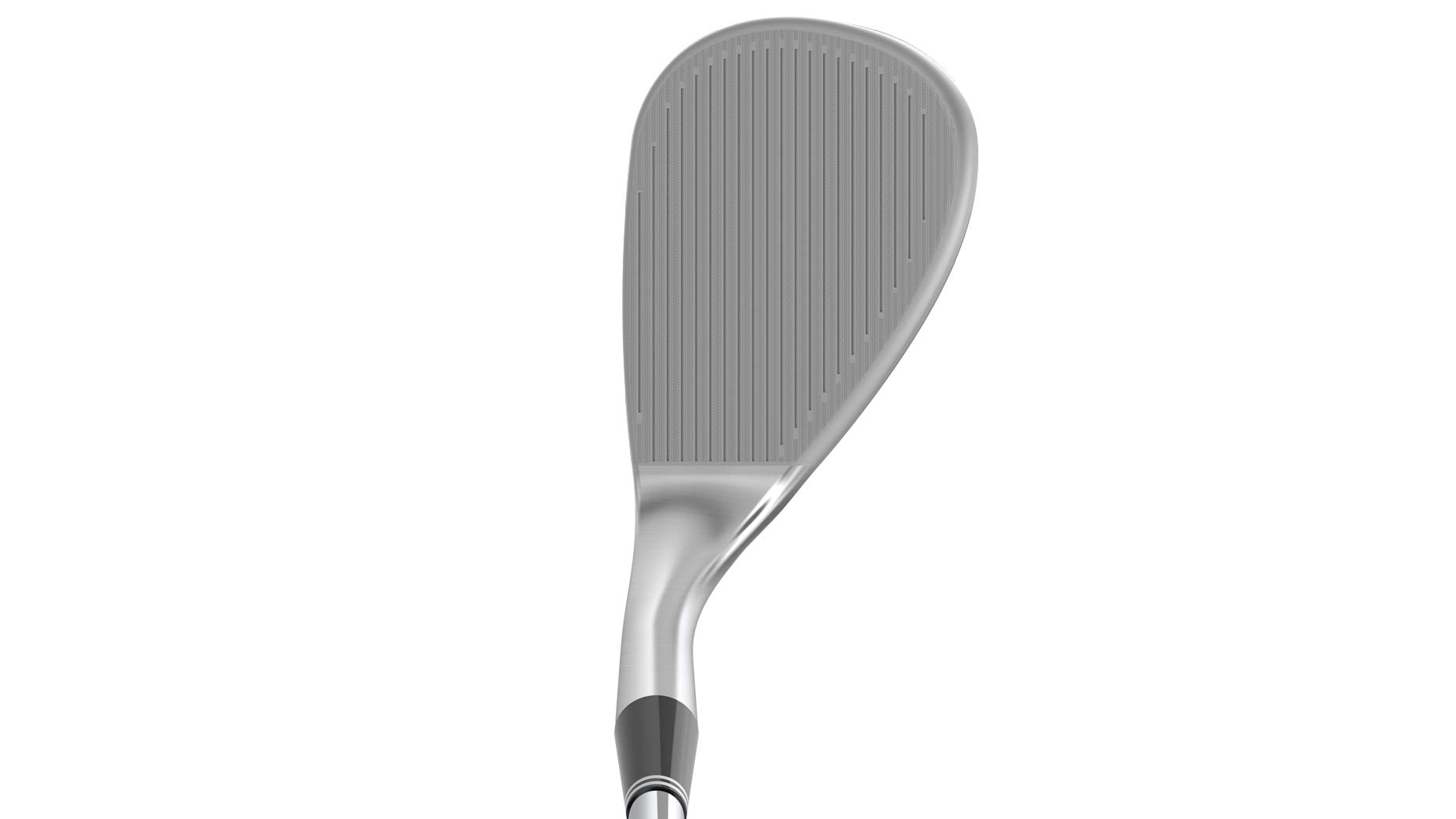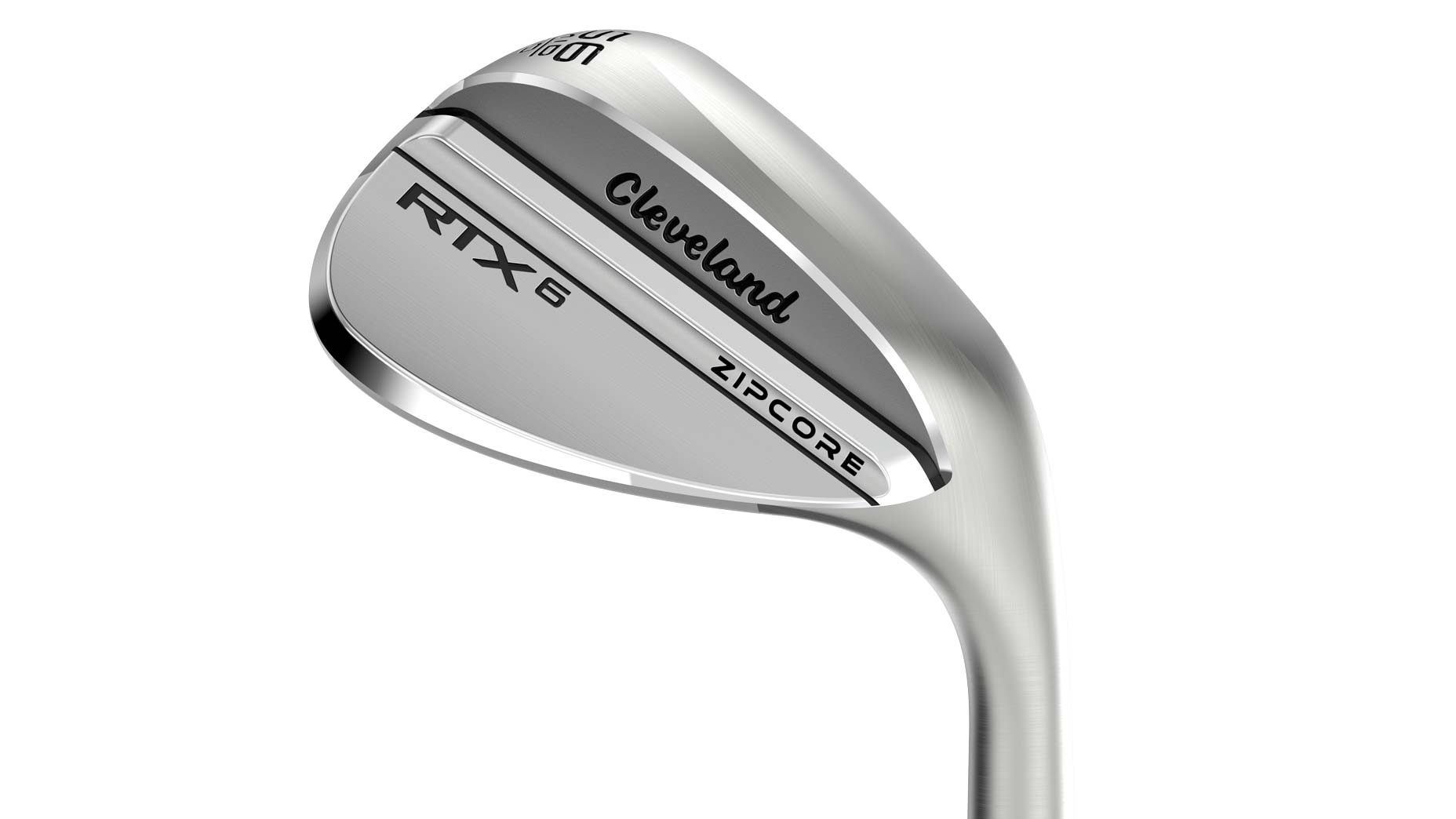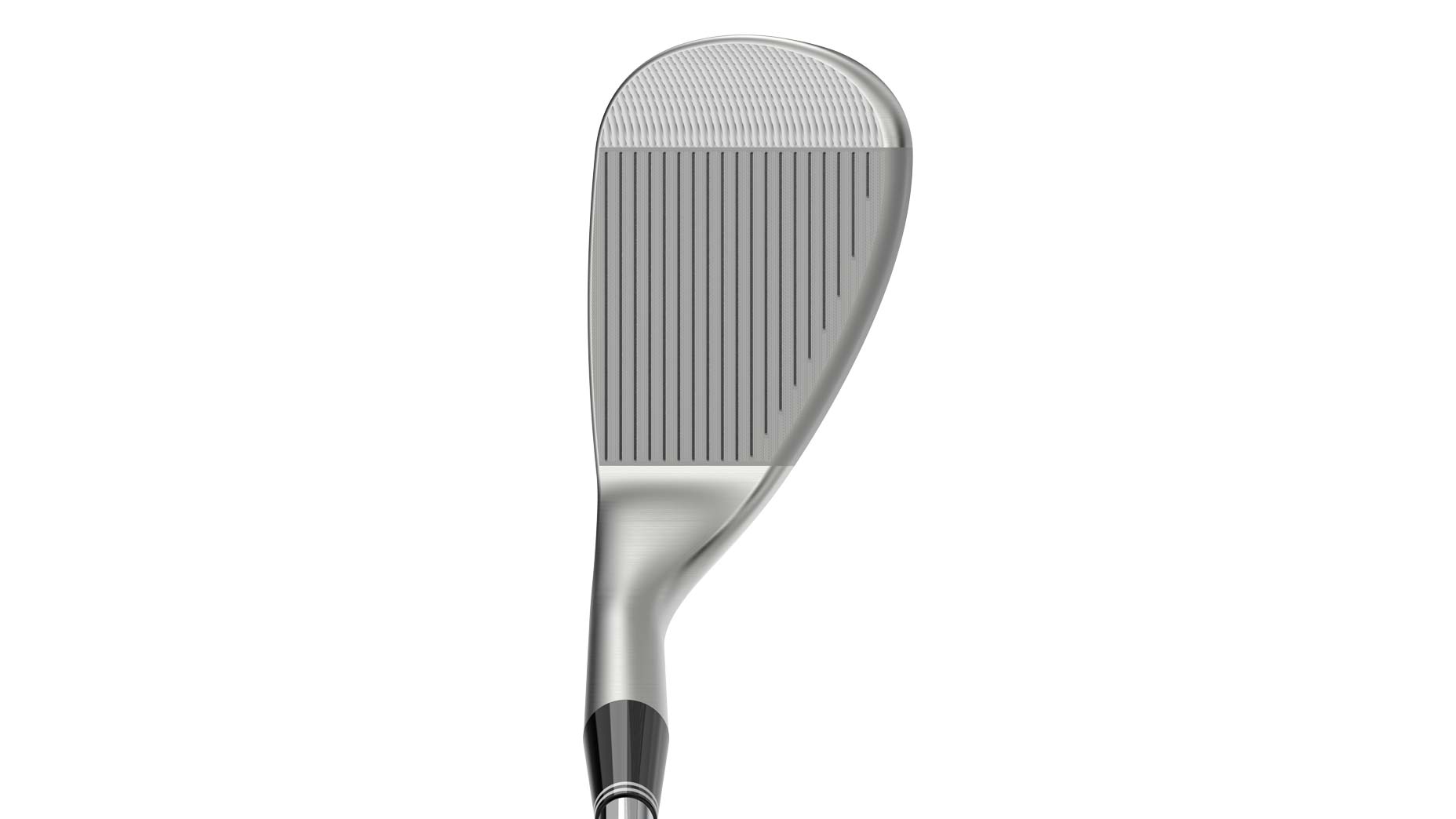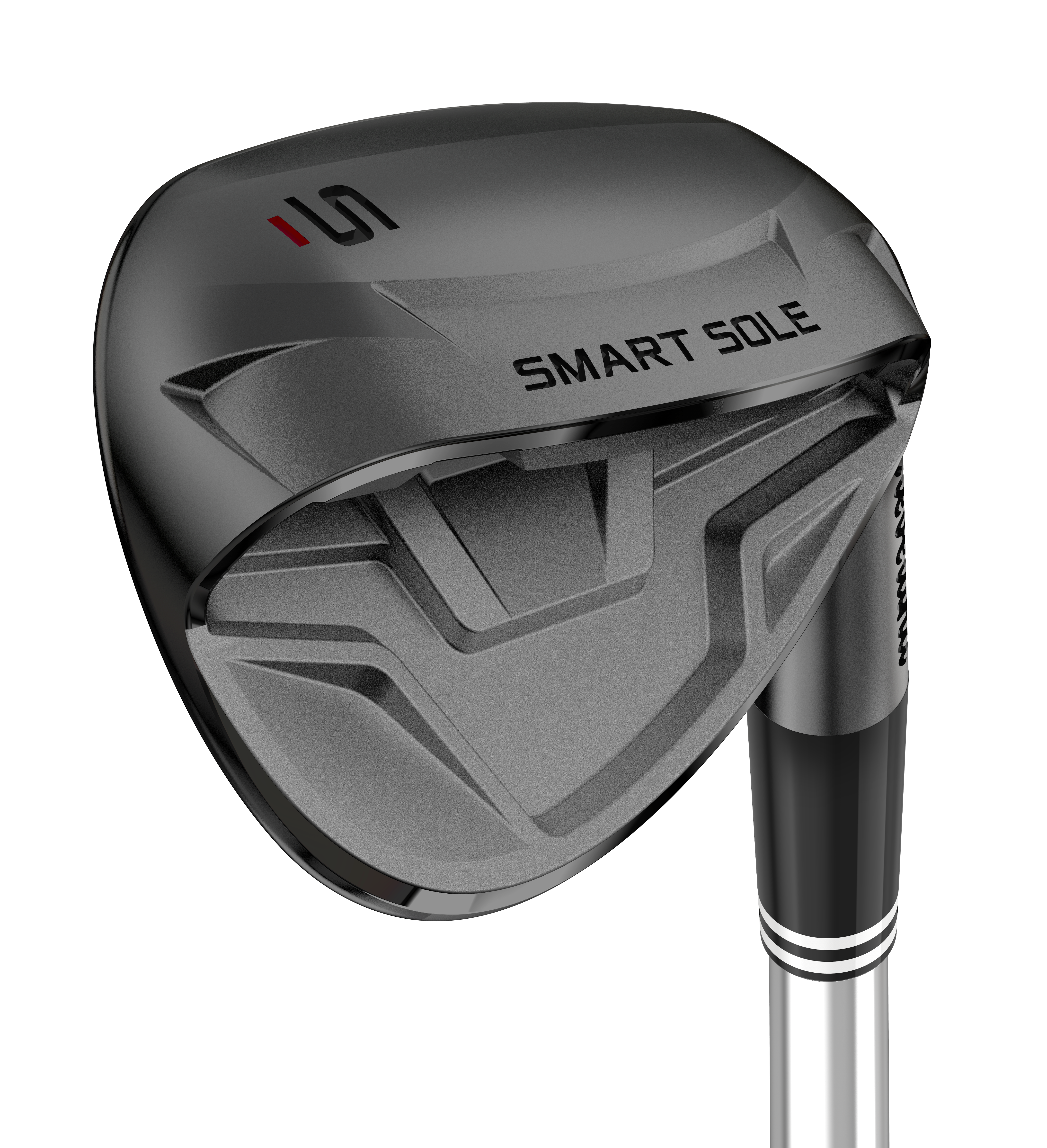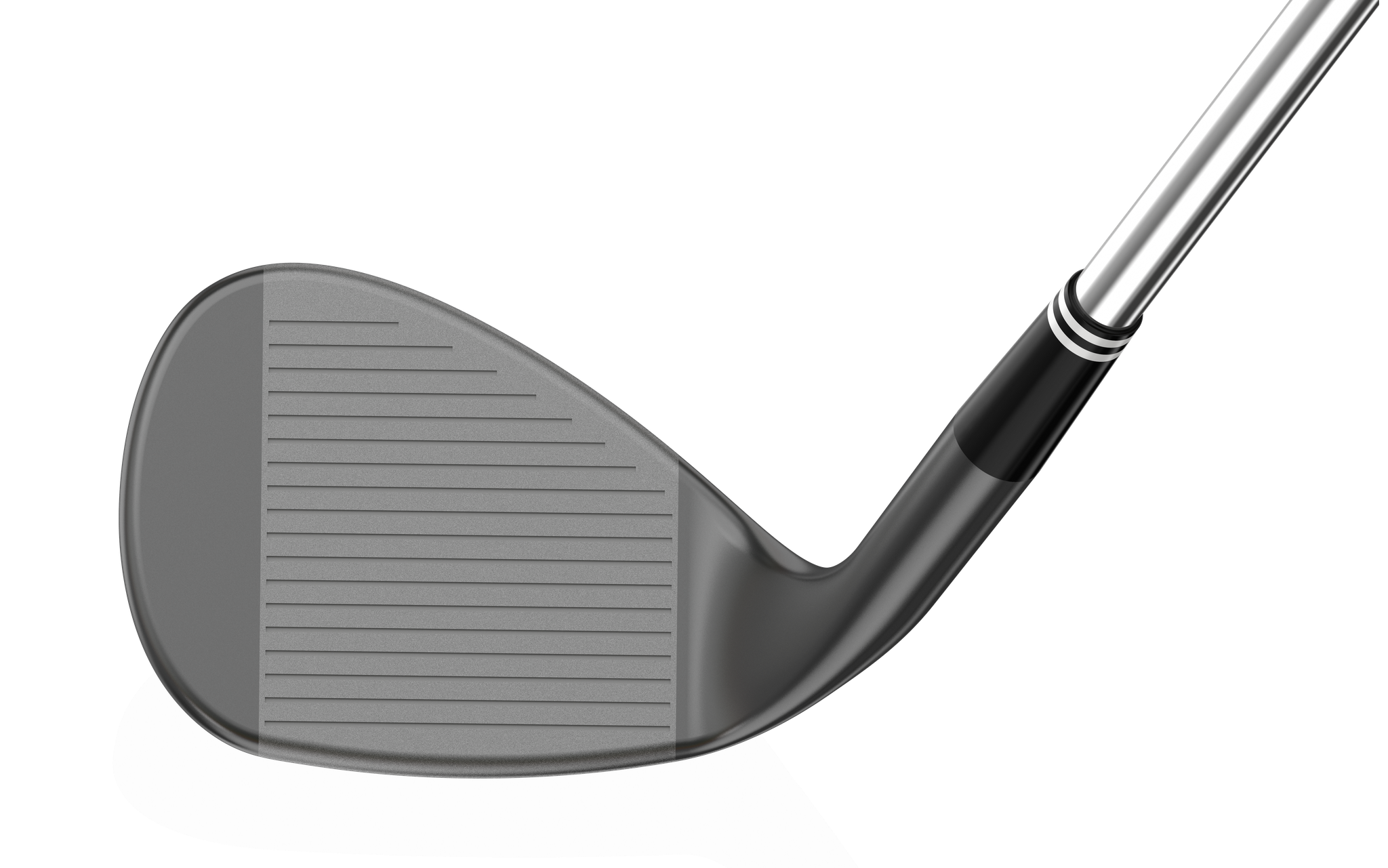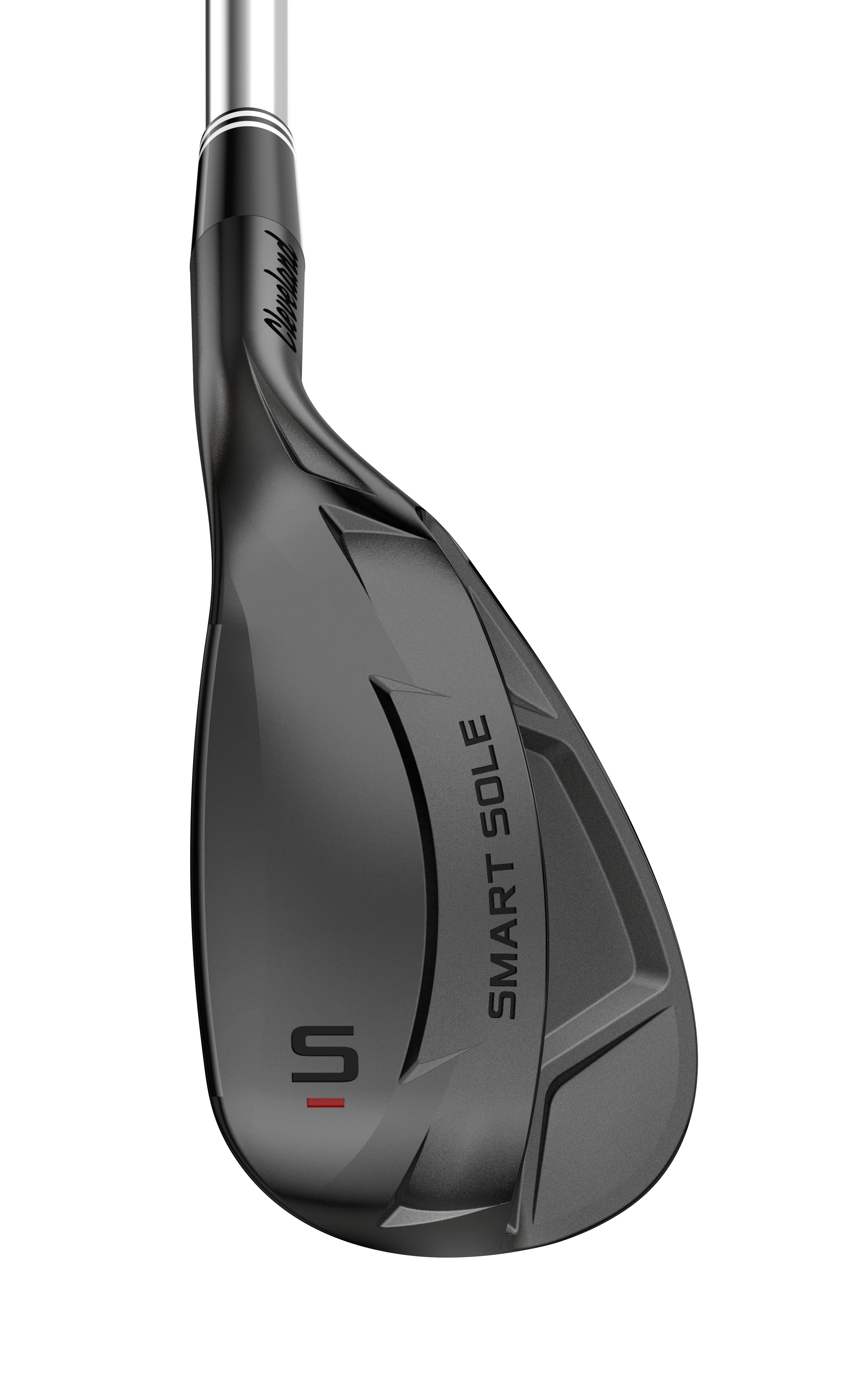LIV Golf is looking younger as it adds new players to the team rosters, the most recent the Cleeks announcing it was signing Frederik Kjettrup of Denmark, who finished among the top 10 in the PGA Tour University ranking at Florida State.
Can a different wedge improve your sand game? | Fully Equipped mailbag

In this edition of our Fully Equipped Mailbag, we look at key wedge characteristics you should know to ensure you’re playing the right wedge.
The post Can a different wedge improve your sand game? | Fully Equipped mailbag appeared first on Golf.
In this edition of our Fully Equipped Mailbag, we look at key wedge characteristics you should know to ensure you’re playing the right wedge.
The post Can a different wedge improve your sand game? | Fully Equipped mailbag appeared first on Golf.
Welcome to another edition of the Fully Equipped mailbag, sponsored by Cleveland/Srixon Golf, an interactive GOLF.com series in which we field your hard-hitting gear questions.
I’m struggling in the sand. How do I know if it’s me or my wedge? – John C., California
Most average players simply don’t get up and down from the sand as often as the best players in the world do. To be fair, technique plays a huge part in being proficient in the bunker and touring professionals have world-class talent. At this moment, two players on the PGA Tour (Matt Kuchar and Jon Rahm) get up and down at least 80% of the time, and they do it because they have masterful technique and the added confidence that comes with it. Furthermore, these players also play wedges that suit them perfectly to get the most out of their style of play in the sand.
We can’t fix your swing in the Fully Equipped Mailbag or lend some sage advice on what swing tweaks you should make, but we can help you dial in the perfect wedge setup for your game. Read on.
Choose your bounce angle based on your swing, not on the courses you play
Always make your wedge-bounce decisions based on your swing type to ensure you play your best no matter the courses you are playing. We’ve heard some people recommend choosing bounce angles based on where you play, and while there’s a hint of truth in that, it’s much more optimal to pick your wedges based on your swing type.
Steep swingers (golfers that are more likely to take larger and deeper divots) generally perform better with high-bounce models, while golfers with a more shallow angle of attack will in most cases perform best with low-bounce models. But be warned — lower-bounce models are prone to digging no matter what type of swing you have, so if you’re digging in the sand too much or not enough behind the ball, it could be the result of a bounce angle that’s wrong for your swing.
Grind and bounce angles are not the same thing
It’s easy to get these mixed up, but the grind on the sole of your wedge isn’t the same thing as the bounce angle formed by the leading edge and the back of the sole when the shaft is vertical to the ground.

The grind on your wedge incorporates the overall shape of the sole, which includes things like the camber (curvature), toe/heel/trailing edge relief and overall shape. For instance, Cleveland’s new RTX 6 ZipCore wedge comes in four bounce angles (6°, 8°, 10°, 12°), and each corresponding wedge has a totally different grind for different levels of versatility and forgiveness. Hence, you should always opt for a grind that matches your bunker style. If you like to open the face, you’ll probably want a grind with more heel relief.
All of our market picks are independently selected and curated by the editorial team. If you buy a linked product, GOLF.COM may earn a fee. Pricing may vary.
Cleveland CBX Full-Face 2 and RTX 6 ZipCore Wedges
Space out your lofts by at least 4°
Not every bunker shot you face requires the highest-lofted wedge you have in the bag. Having two wedges that are less than 4° apart is a waste of a wedge, especially when you could slightly open the clubface of the lower-lofted model and have it perform nearly the same way as the higher-lofted wedge — especially in the sand. If anything, gap your lofts starting with your pitching wedge and work your way up in loft as opposed to picking up a lob wedge and working down in loft toward your pitching wedge.
Cavity-back wedges are more versatile than they used to be
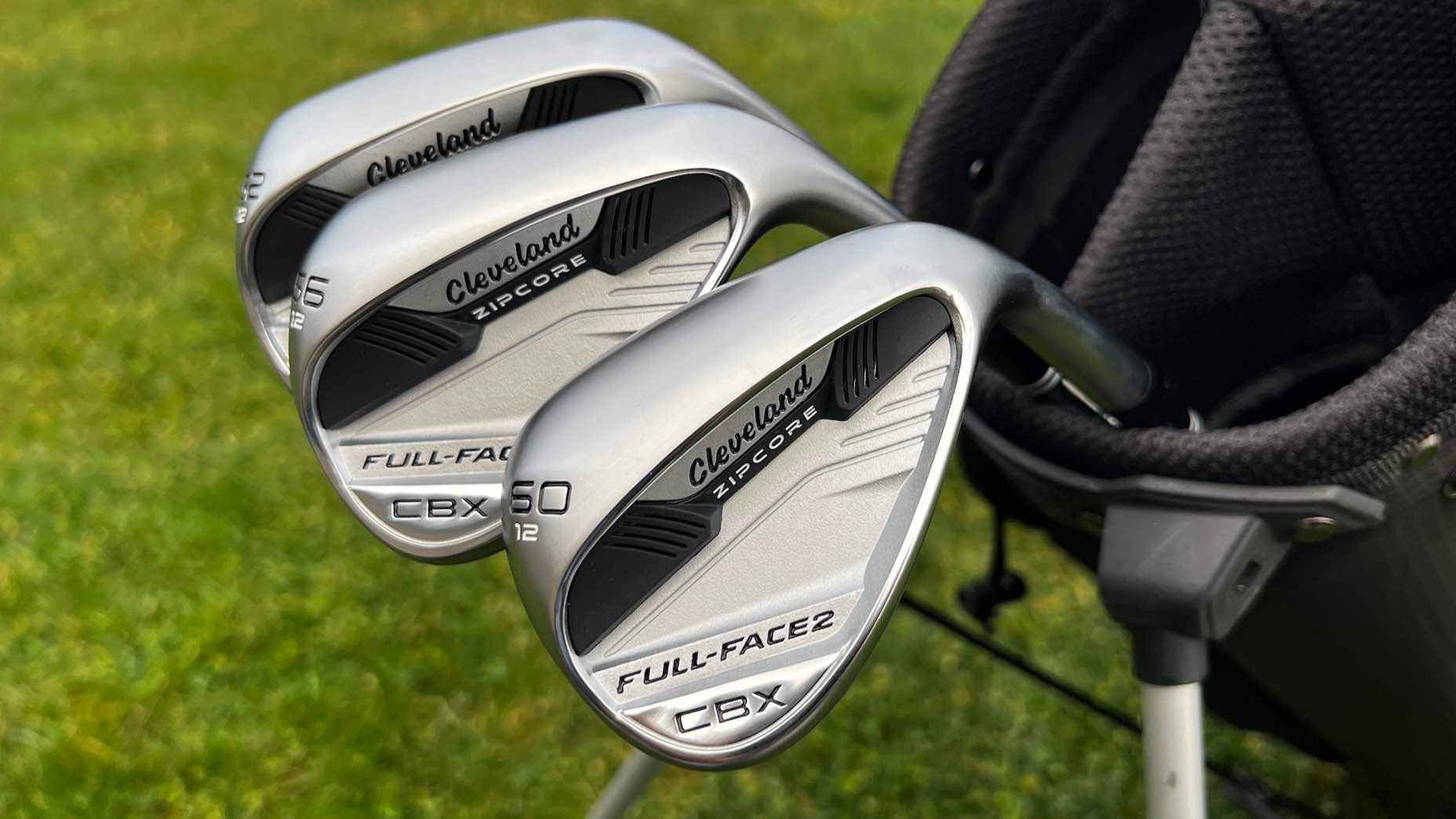
Today’s popular wedges run the gamut from traditional blade-style designs to full cavity backs and everything in between. For instance, Cleveland’s CBX Full Face 2 wedge has a hollow-cavity design with a Gelback insert for greater forgiveness and feel, but at address you’d never know it because from the top view it resembles a traditional blade. This is the future, folks. And the future is now.
If you really need help in the sand try a wide-soled wedge
If you have issues in the sand and simply need a wedge to help get the ball out of the bunker, look to something like Cleveland’s Smart Sole 4 wedge to get the job done. The Smart Sole 4 has an extra wide, three-tiered sole and added leading edge bounce for maximum forgiveness. Unlike a traditionally shaped wedge that you might open up to add loft, the Smart Sole 4 is best played with a squared face aimed directly at your target.
Cleveland Smart Sole 4 Wedge
Want to overhaul your bag for 2023? Find a fitting location near you at GOLF’s affiliate company True Spec Golf. For more on the latest gear news and information, check out our latest Fully Equipped podcast below!
The post Can a different wedge improve your sand game? | Fully Equipped mailbag appeared first on Golf.

